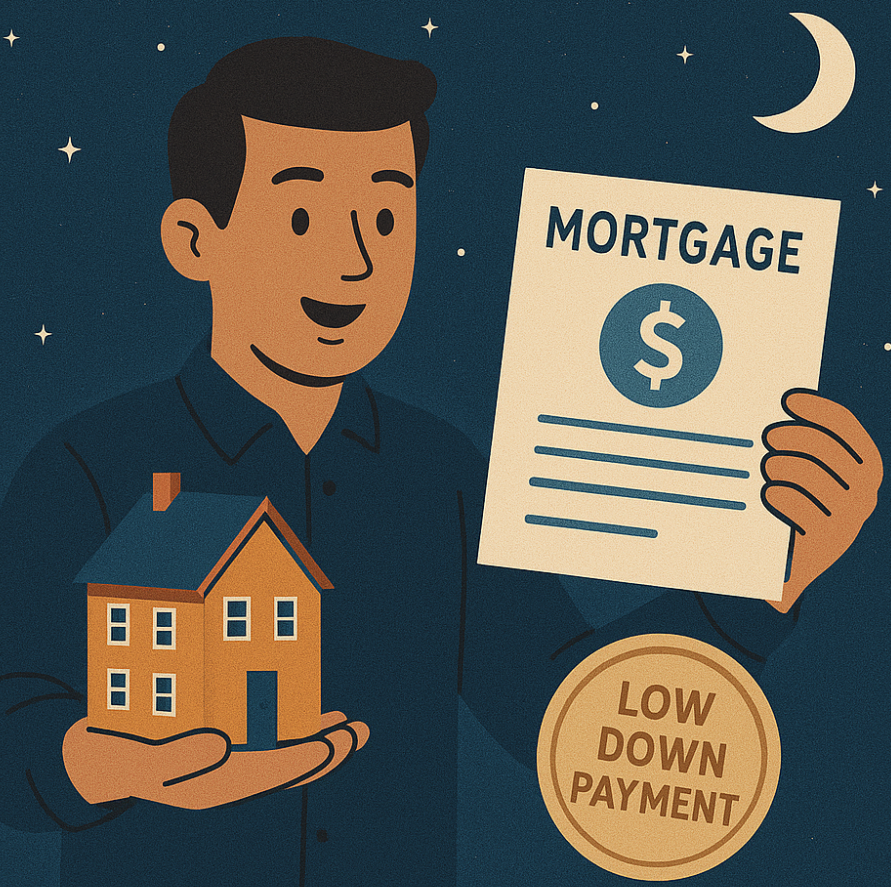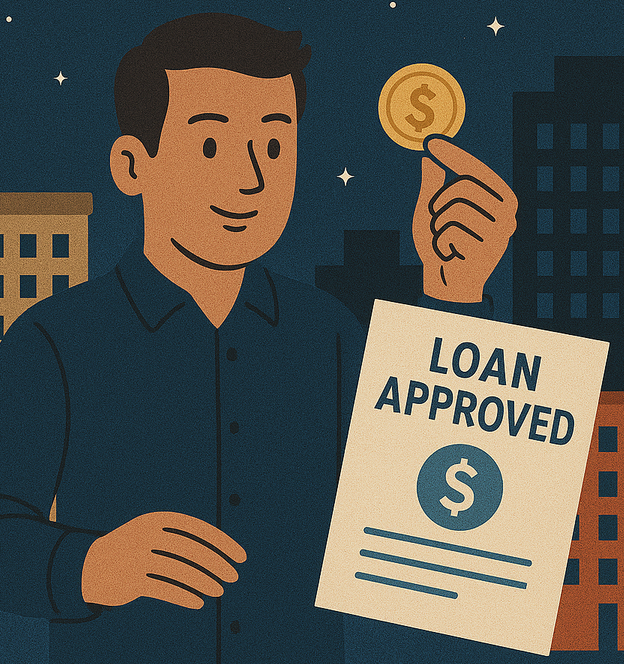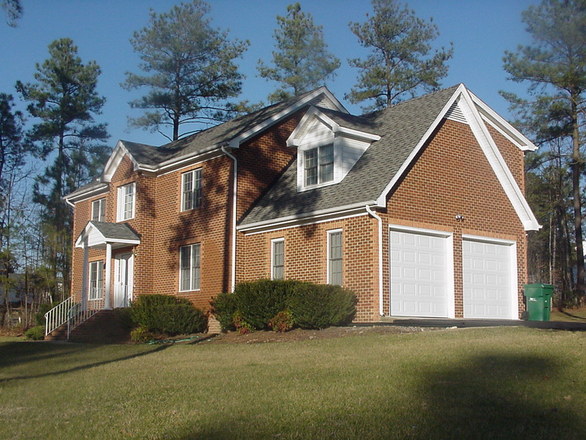
Financing strategy is crucial when diving into property investment for the first time. It can make or break your deal. You want to maximize your investment while minimizing your upfront costs – this is especially true for rookies in the rental game.
Snagging a rental property with low down payment options is a smart way to start your property portfolio without bleeding your bank account dry. It’s a creative approach that opens doors for those who think that becoming a landlord is an impossible dream. With the right strategy, you can embark on this journey without a massive financial burden.
Low down payment options come with loads of perks. They make it easier to get your foot in the door, allowing you to leverage your purchase and potentially see greater returns. Plus, retaining more of your cash means you’ve got a cushion for unexpected expenses or improvements that can boost your property’s value and your rental income.
Understanding these options can put you on the path to financial independence through real estate investment. By reducing the pressure of large initial payments, you can explore multiple financing routes and increase your chances of success in the rental market from the get-go.
Creative Financing Solutions: Buying Your First Rental Property with No Money Down
Jumping into property ownership doesn’t always mean you need a fat wallet at the start. Innovative financing solutions can get you through the door without shelling out big bucks. It’s all about leveraging what’s out there.
Let’s get into a few tricks of the trade. Seller financing is a solid option where the property’s seller acts as the bank, allowing you to pay them directly over time. It means less cash at closing and a chance to negotiate friendlier terms – a win-win if you ask me.
Partnerships are another avenue. Teaming up with someone who’s willing to cover the down payment in exchange for a stake in the property can help bridge the upfront cost gap. It’s about pooling resources for joint benefits, and trust me, it’s a tactic many first-time investors use to ease into owning. One Partner can operate as the Credit Partner. This is the person who will have a Steady income source and a High credit score and will handle the mortgage process. The other half of the partnership is the Capital Partner who will bring the Down Payment funds needed to handle the upfront cost of securing the loan.
Lease options can also be your golden ticket. This technique involves renting the property with an agreement that gives you the option to buy it later. Part of your rent might even shave off the purchase price, setting you up for a potentially smoother buy when you’re ready.
So, ‘How to buy your first rental property with no money down?’ These creative angles tackle that challenge head-on, providing routes less traveled but full of potential. Keep your eyes peeled for opportunities, and stay flexible. That’s the charm of breaking into the property game.
Understanding the Minimum Down Payment for Rental Properties
Chasing after a rental property often starts with wrapping your head around how much cash you need up front. The down payment requirements can vary wildly depending on your lender and the type of loan you’re angling for. Traditionally, you might’ve seen numbers like 20% or more being thrown around, but there’s a whole spectrum of possibilities out there.
In today’s market, those traditional wallet-emptying requirements aren’t set in stone. Some programs offer options as low as 15% or even 10% under certain conditions. The trick is knowing where to look and who to ask.
Government-backed loans through Freddie Mac or Fannie Mae can sometimes provide lower down payment thresholds, particularly if you have a solid credit score. Plus, if the property is a multi-family unit and you plan to live in one part, FHA loans can come to the rescue with incredibly low down payment deals.
So, what is the lowest down payment for a rental property? The answer is nuanced and depends on various factors like the type of property, your credit score, and portfolio diversification. With some savvy searches and maybe a nudge from a knowledgeable mortgage broker, you might land a deal that suits your financial plan.

Innovative Alternatives to Traditional 20% Down Payment Models
Traditional 20% down payment models can seem like a massive hurdle for budding investors, but there are some clever ways around it that the savvy crowd employs. Understanding how to sidestep this common barrier can open investment doors much wider.
Low down payment loans are making waves, providing options that come with a fraction of that 20%. For instance, certain community lenders offer loans requiring as little as 5-10% down. These can be ideal if you meet specific criteria, involving your financial stability and credit score.
House hacking is another edgy method, which involves buying a multi-family property and living in one unit while renting out the others. It allows you to qualify for a residential loan with a lower down payment, often between 3.5% and 5%. You’re basically letting your tenants help pay your mortgage, turning potential limitations into opportunities.
Private money lenders and hard money loans could also play a part in lowering the upfront financial barriers. They might accept a smaller down payment in exchange for higher interest rates or a share of equity. It’s crucial to weigh the pros and cons here, ensuring that this path aligns with your long-term financial goals.
Getting around the 20% mark isn’t just about finding the smallest down payment you can get; it’s about strategically using available resources and opportunities to their fullest. With government programs stepping in and the creativity of investors using private funding, your first rental property might be closer than you imagine.

